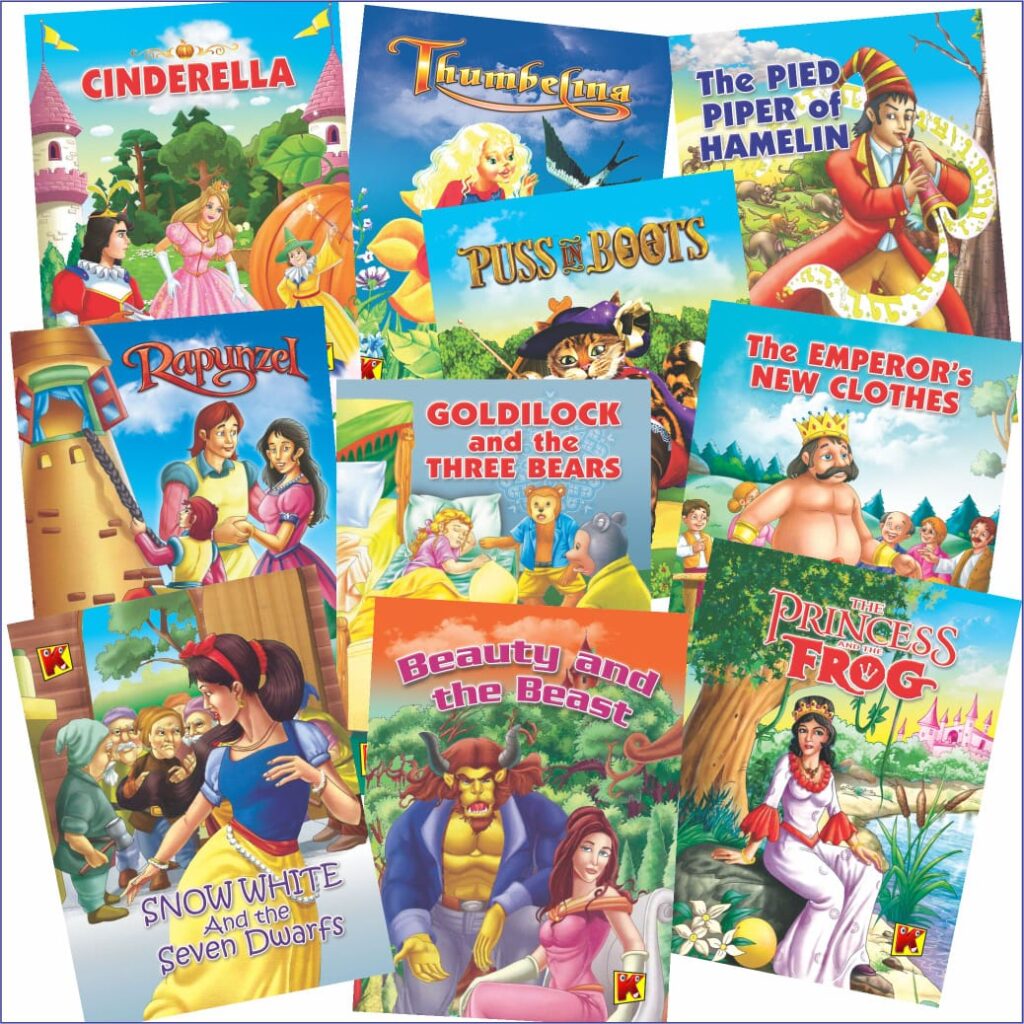From the whimsical world of Dr. Seuss to the heartfelt pages of The Giving Tree, illustrations have always played a pivotal role in children’s books. For young readers, the images are not just decorative—they are windows to understanding, portals to imagination, and bridges to emotional intelligence. Children book illustration is more than just art; it’s a crucial tool that helps shape young minds and ignite creativity during the most formative years.
The Power of Visual Storytelling
Children are inherently visual learners. Before they learn to read, they observe, interpret, and react to pictures. This makes children book illustration an essential part of early childhood development. A well-crafted illustration doesn’t just support the story—it often tells the story when words fall short.
For toddlers and preschoolers, who are still developing language skills, illustrations help them comprehend narratives, identify emotions, and develop vocabulary. For example, a child might not yet know the word “sad,” but they can recognize a teardrop on a character’s face and connect it to the emotion. This bridges the gap between visual recognition and linguistic understanding.
Building Emotional Intelligence
One of the less obvious but incredibly important aspects of children book illustration is its role in emotional development. Through expressive characters and relatable scenes, children learn to understand and empathize with the emotions of others. A crying bear who loses his favorite toy or a joyful cat playing with friends can teach children complex emotional cues in a way that feels safe and engaging.
The consistent exposure to such visuals allows children to internalize emotional behaviors, helping them relate to their own experiences. These lessons, learned through pictures, often lay the foundation for emotional intelligence—a skill that continues to be essential throughout life.
Encouraging Creativity and Imagination
A child’s mind is an untamed jungle of creativity. The right illustration can serve as a spark that ignites a lifetime of imagination. Think about books like Where the Wild Things Are. The powerful, surreal illustrations didn’t just accompany the text—they opened new worlds and encouraged children to dream beyond reality.
Children book illustration fosters creative thinking by introducing kids to diverse artistic styles, fantastical creatures, unusual color palettes, and imaginative settings. These visual stimuli don’t just entertain; they invite children to think differently, ask “what if,” and even start creating stories of their own.
Visual Literacy: A Critical 21st Century Skill
In our modern, media-rich world, visual literacy—the ability to interpret, negotiate, and make meaning from visual information—is more important than ever. Children exposed early to illustrated books tend to have a head start in developing this skill. They learn how to derive meaning from images, interpret symbolism, and understand the relationship between pictures and text.
As visual media continues to dominate communication—from emojis to infographics to digital storytelling—early exposure to children book illustration sets the stage for better comprehension and communication later in life.
Cultural Awareness and Representation
Illustrations in children’s books also have the power to reflect cultural diversity, challenge stereotypes, and foster inclusivity. When children see characters who look like them—or who come from different backgrounds—it validates their identity and broadens their worldview.
Books like Last Stop on Market Street and Hair Love have used strong, culturally rich illustrations to tell stories that celebrate diversity and challenge norms. This kind of representation is crucial for building empathy and helping children appreciate different ways of life.
Reinforcing Learning and Memory
Studies have shown that people remember visual content more effectively than text alone. In children’s books, this means that well-designed illustrations can improve a child’s ability to retain information, understand plot progression, and grasp educational concepts. Whether it’s counting, color recognition, or moral lessons, pairing text with imagery makes learning more engaging and memorable.
For example, alphabet books use bold and playful visuals to reinforce letters and sounds. Science-themed picture books depict concepts like gravity or the water cycle in ways that are not only educational but also exciting.
Enhancing Focus and Attention Span
Young children often struggle with short attention spans. Text-heavy materials may lose them quickly. But a story with vibrant, dynamic illustrations can hold their attention longer, making the reading experience more enjoyable and meaningful.
Illustrations provide visual cues that help children follow along with the story, even if they can’t read the words. This keeps them engaged and encourages them to stay with a story from beginning to end—an important step in developing longer attention spans and narrative understanding.
Illustrator and Author Synergy
Behind every successful children’s book is a powerful collaboration between author and illustrator. Sometimes, it’s even the illustrator’s vision that brings depth to a simple storyline. For instance, books like The Very Hungry Caterpillar owe much of their success to the unique artistic choices that brought the story to life.
This synergy ensures that the visual and textual storytelling are perfectly aligned, reinforcing key messages, emotional arcs, and themes in a harmonious way. The best children book illustration goes beyond matching the words—it enhances, interprets, and sometimes even transforms them.
The Digital Evolution of Children Book Illustration
With the rise of e-books and digital storytelling platforms, children book illustration is evolving rapidly. Now, illustrations can be animated, interactive, or enhanced with sound and motion. This presents new opportunities for engagement, but also challenges traditional notions of static storytelling.
While traditional hand-drawn illustrations remain beloved, digital tools have expanded the boundaries of what’s possible. As we move forward, illustrators will continue to play a crucial role in shaping how stories are delivered, especially in tech-savvy households.
Final Thoughts
In a world filled with distractions, children book illustration remains a beacon of connection, creativity, and comprehension. It plays an irreplaceable role in shaping how children view the world, understand themselves, and relate to others. Whether it’s through a pencil sketch on paper or a digital masterpiece on a screen, illustrations help transform reading into a multi-sensory experience that nurtures both heart and mind.
As parents, educators, and creators, investing in high-quality illustration isn’t just about making books look good—it’s about giving children the tools to dream, learn, and grow. So the next time you open a children’s book, take a moment to appreciate the artistry within. It’s not just decoration—it’s development.


